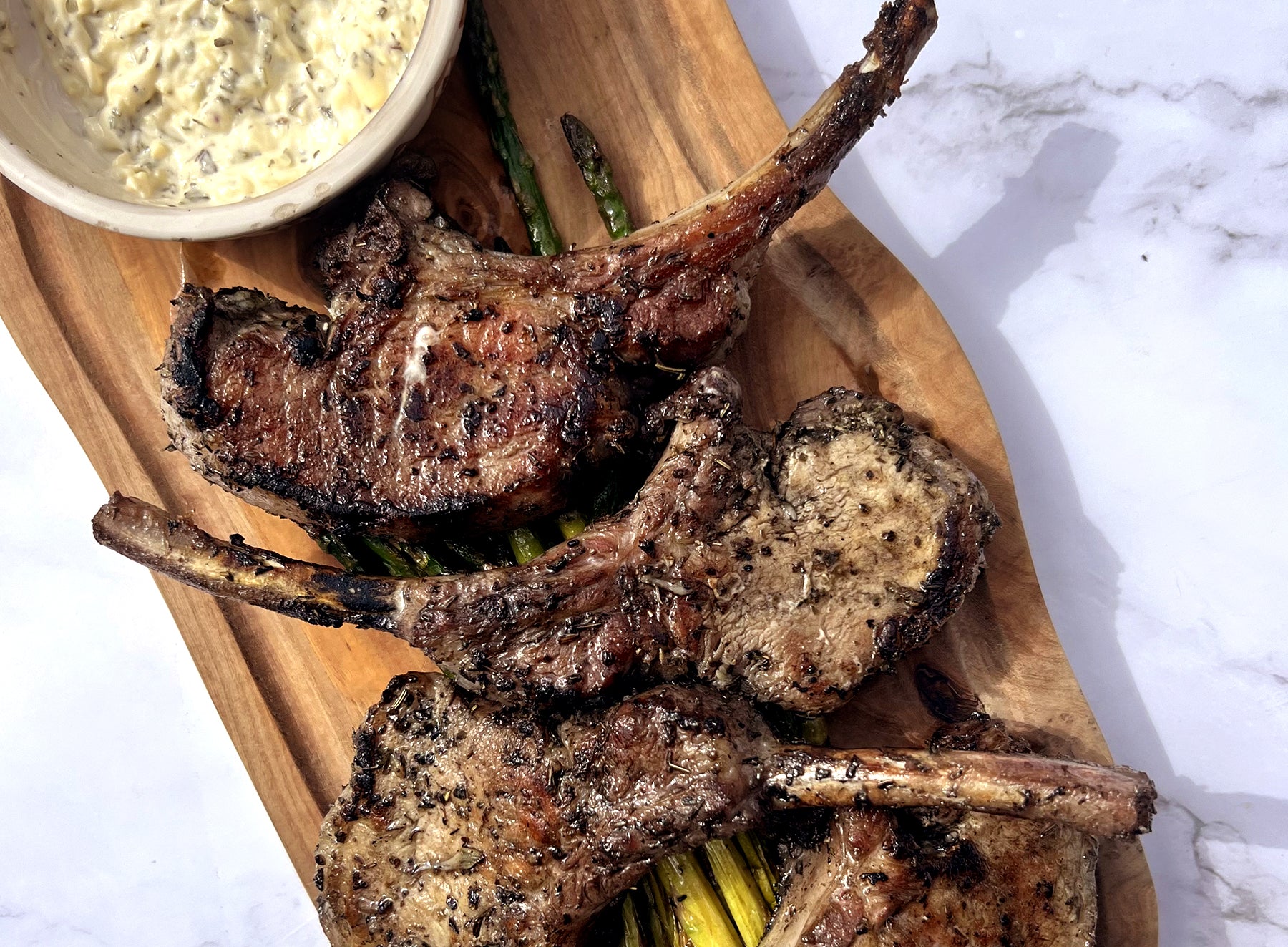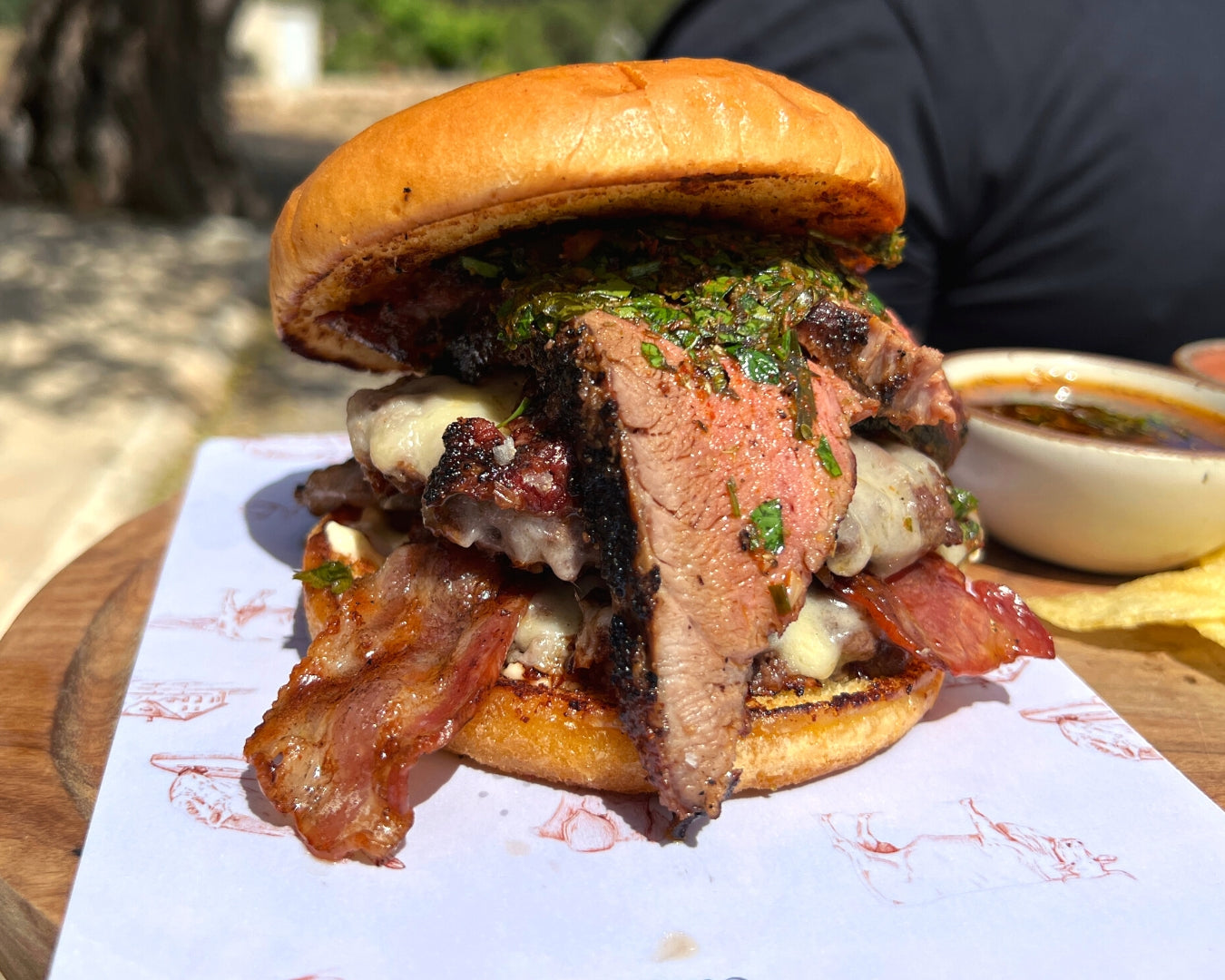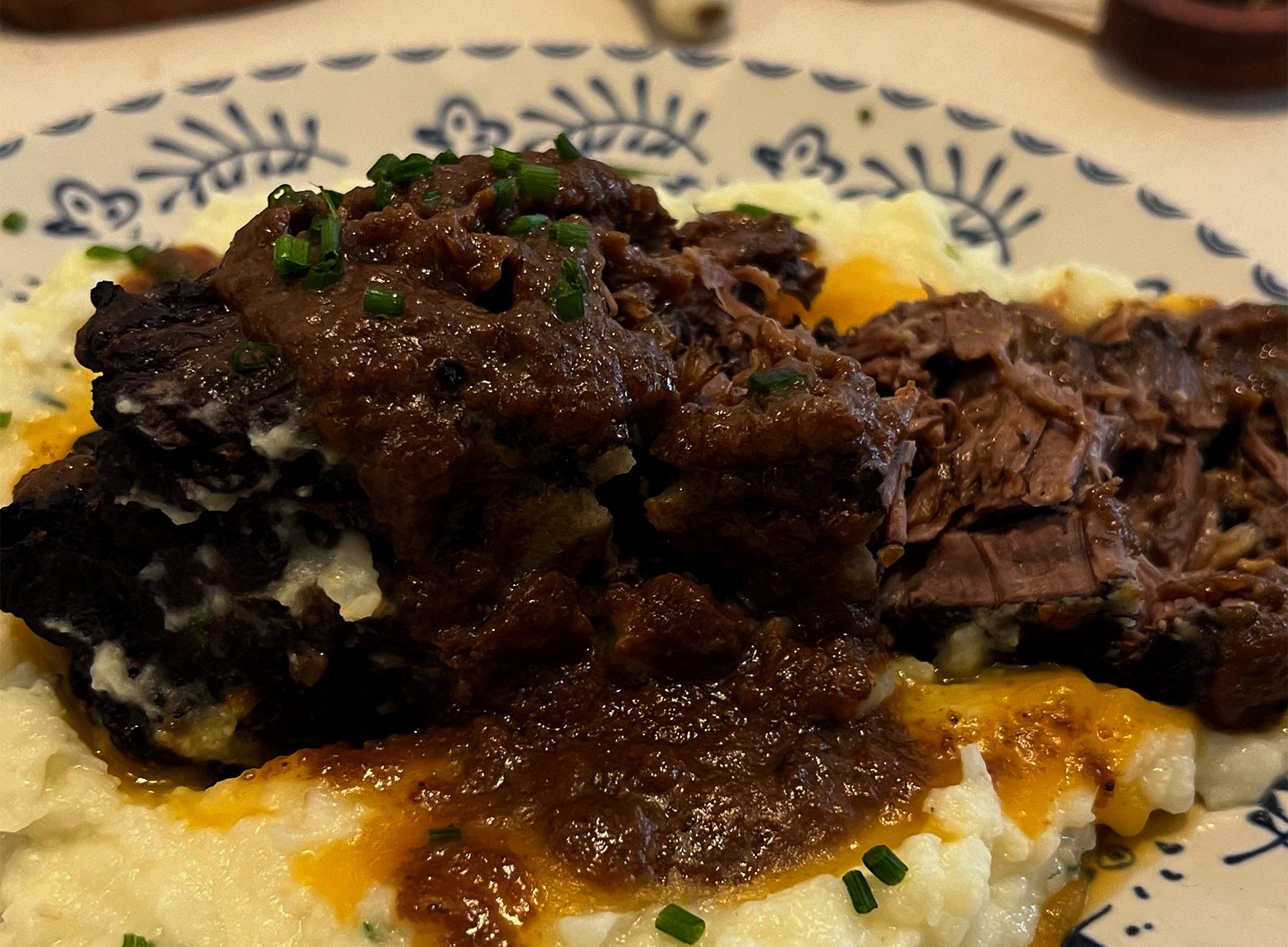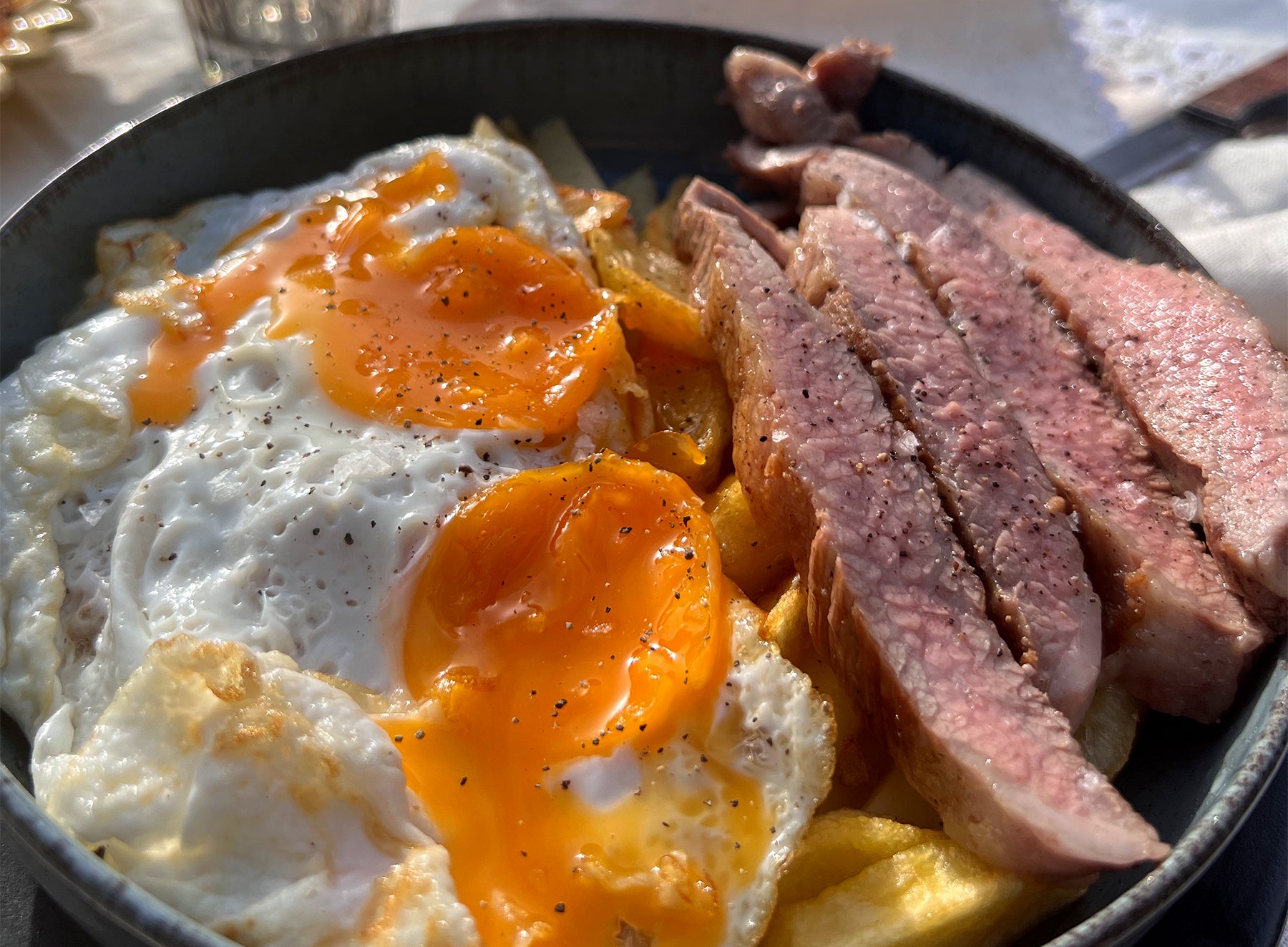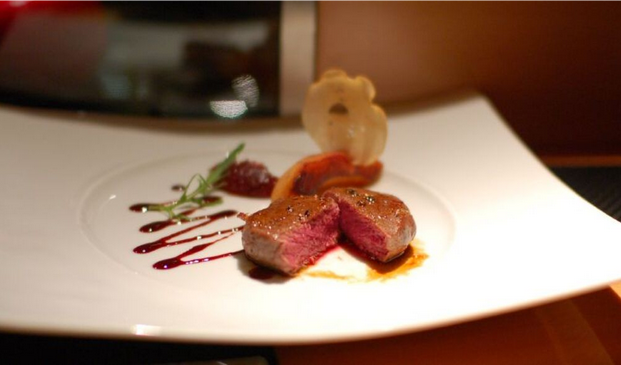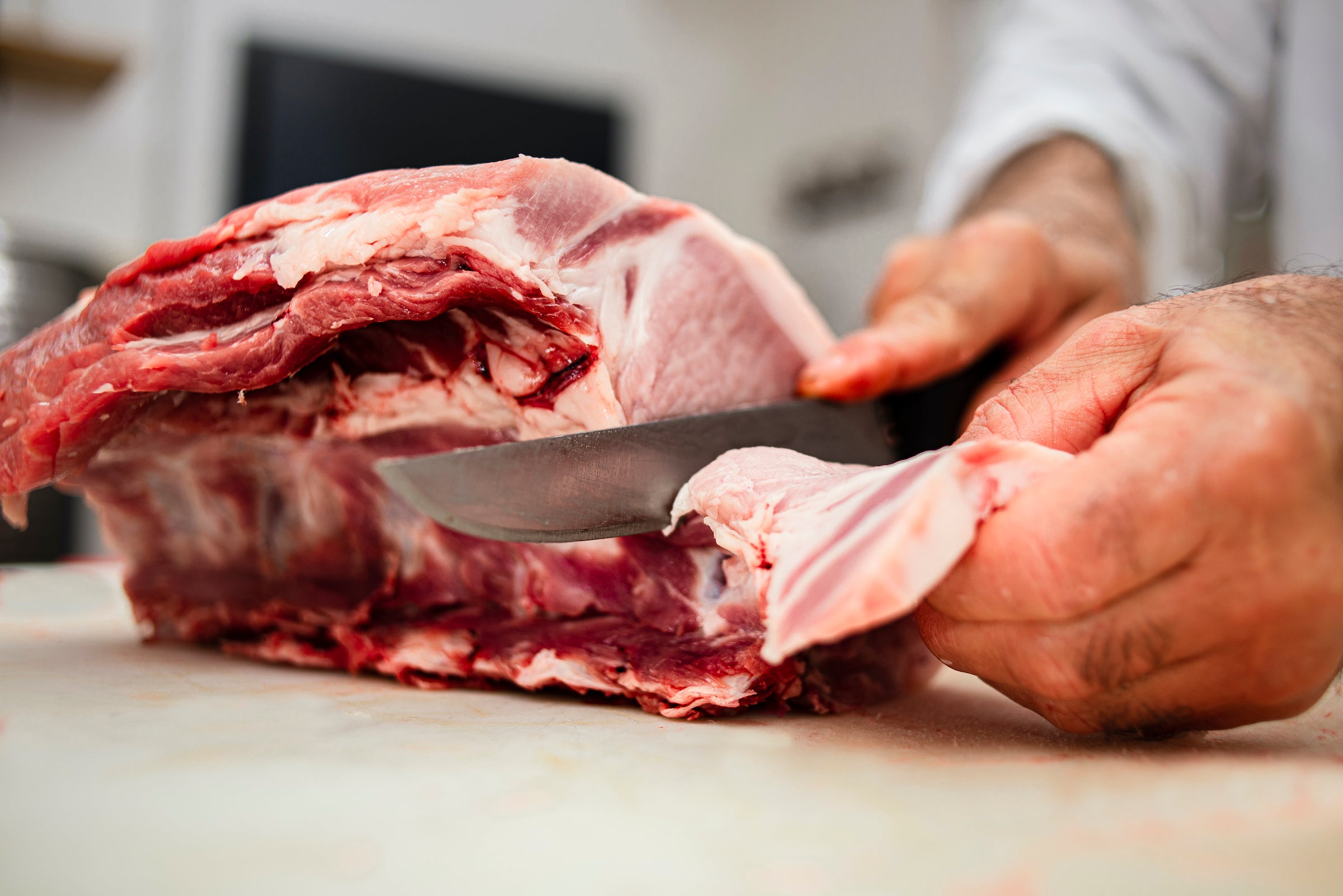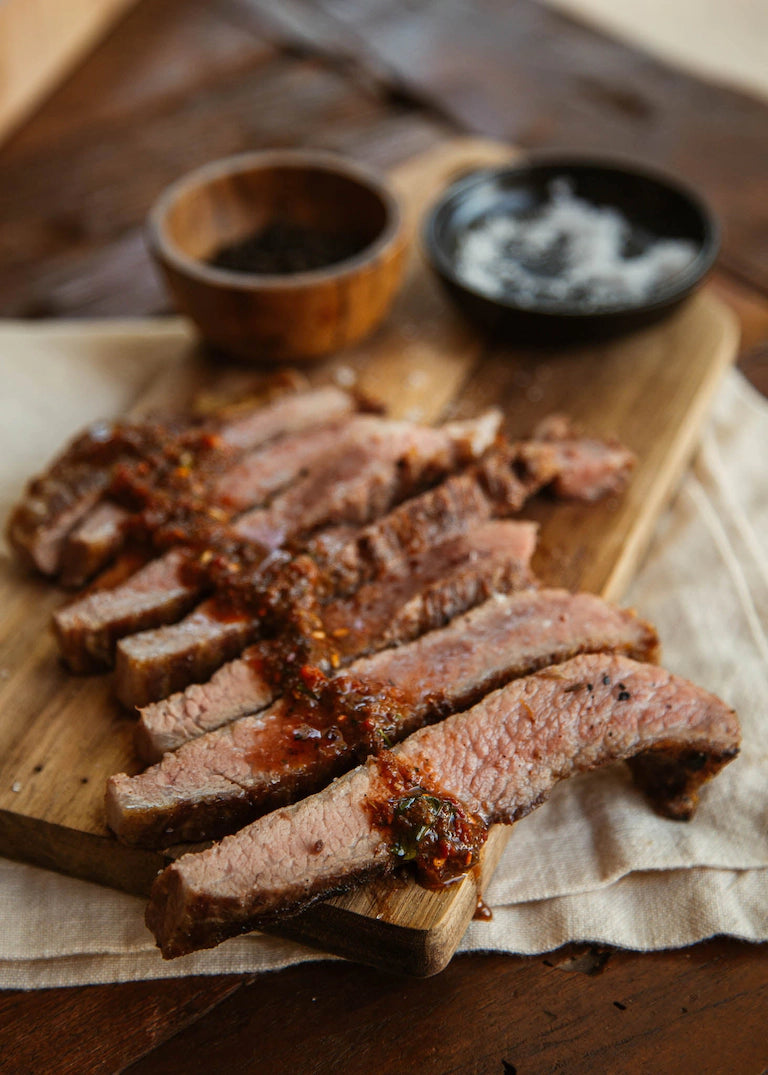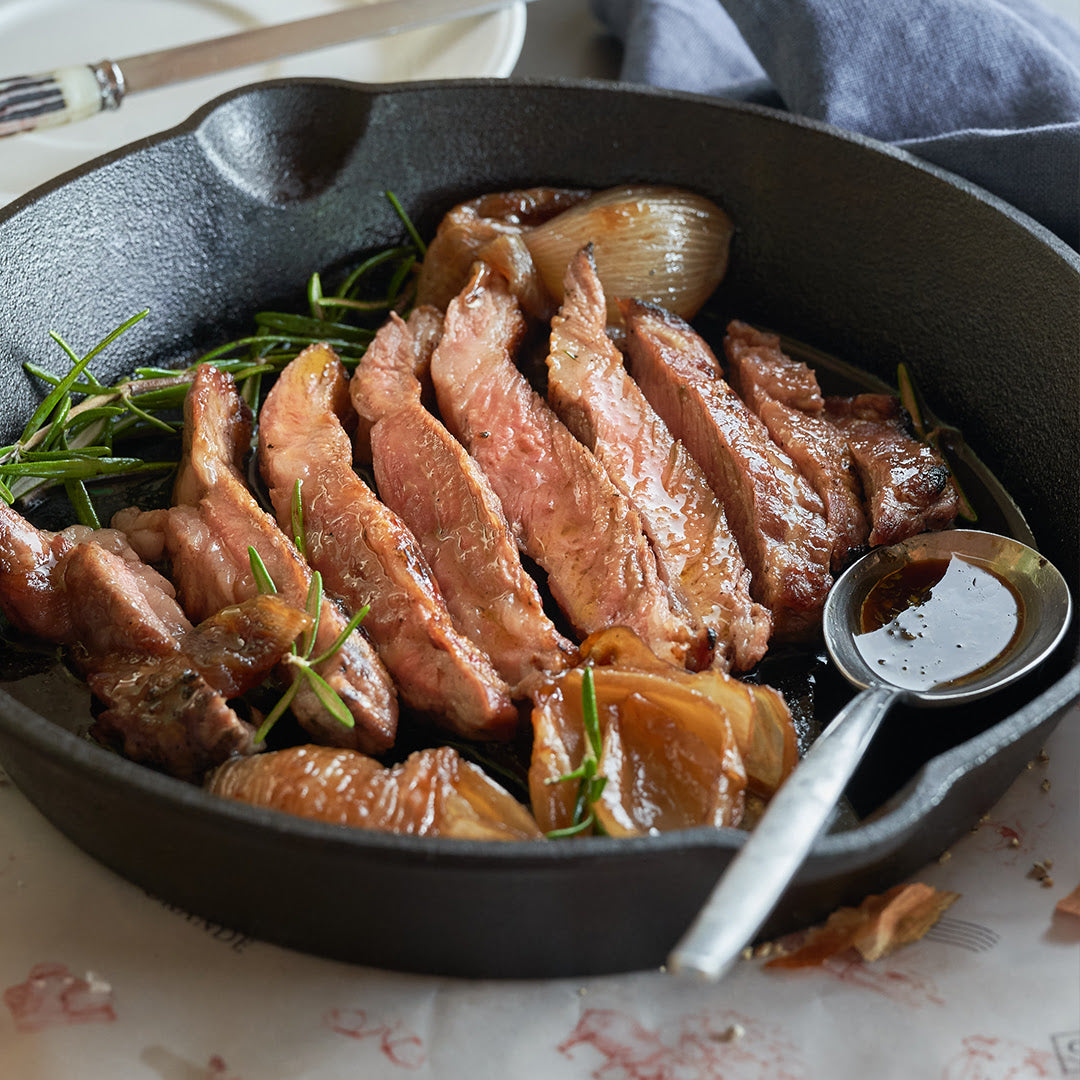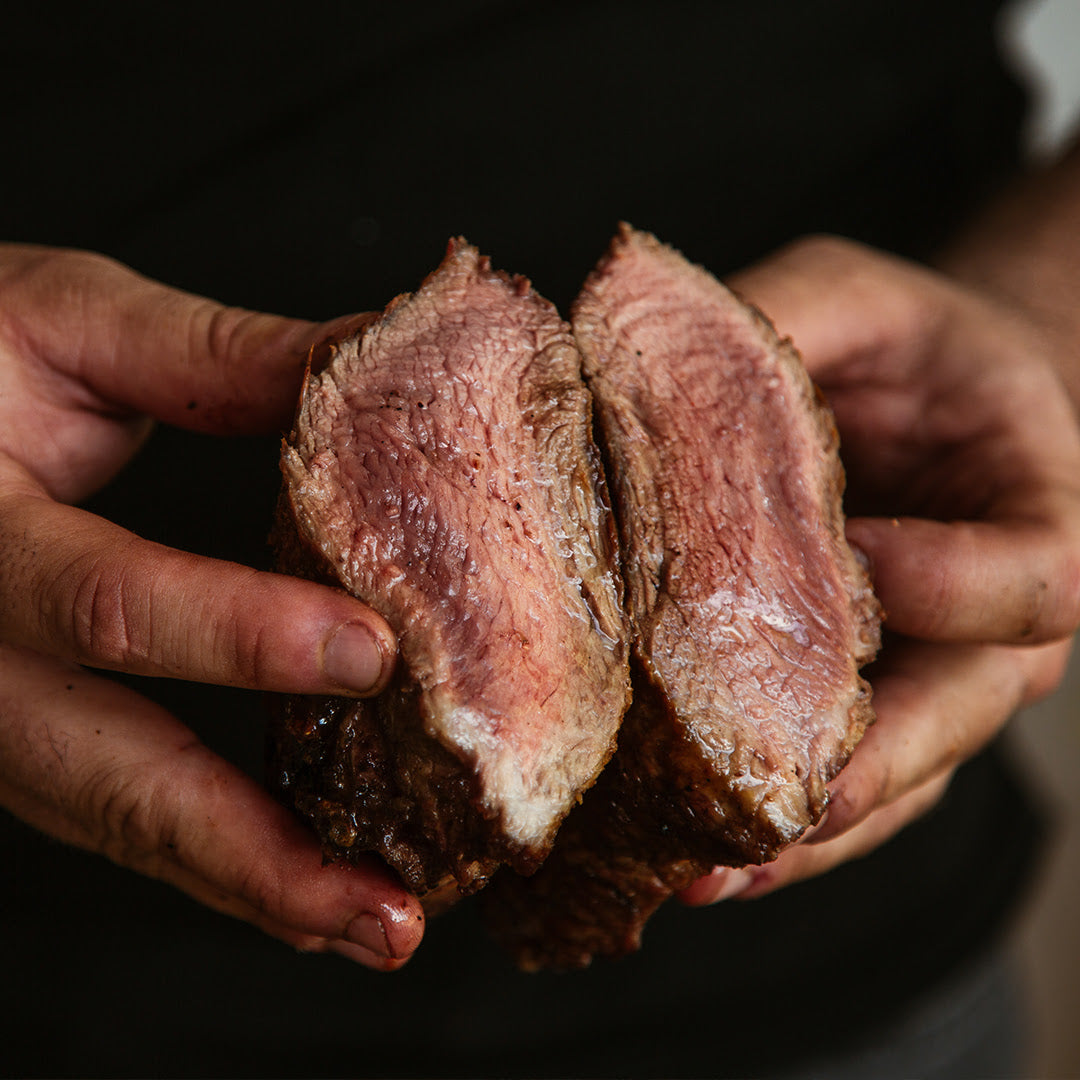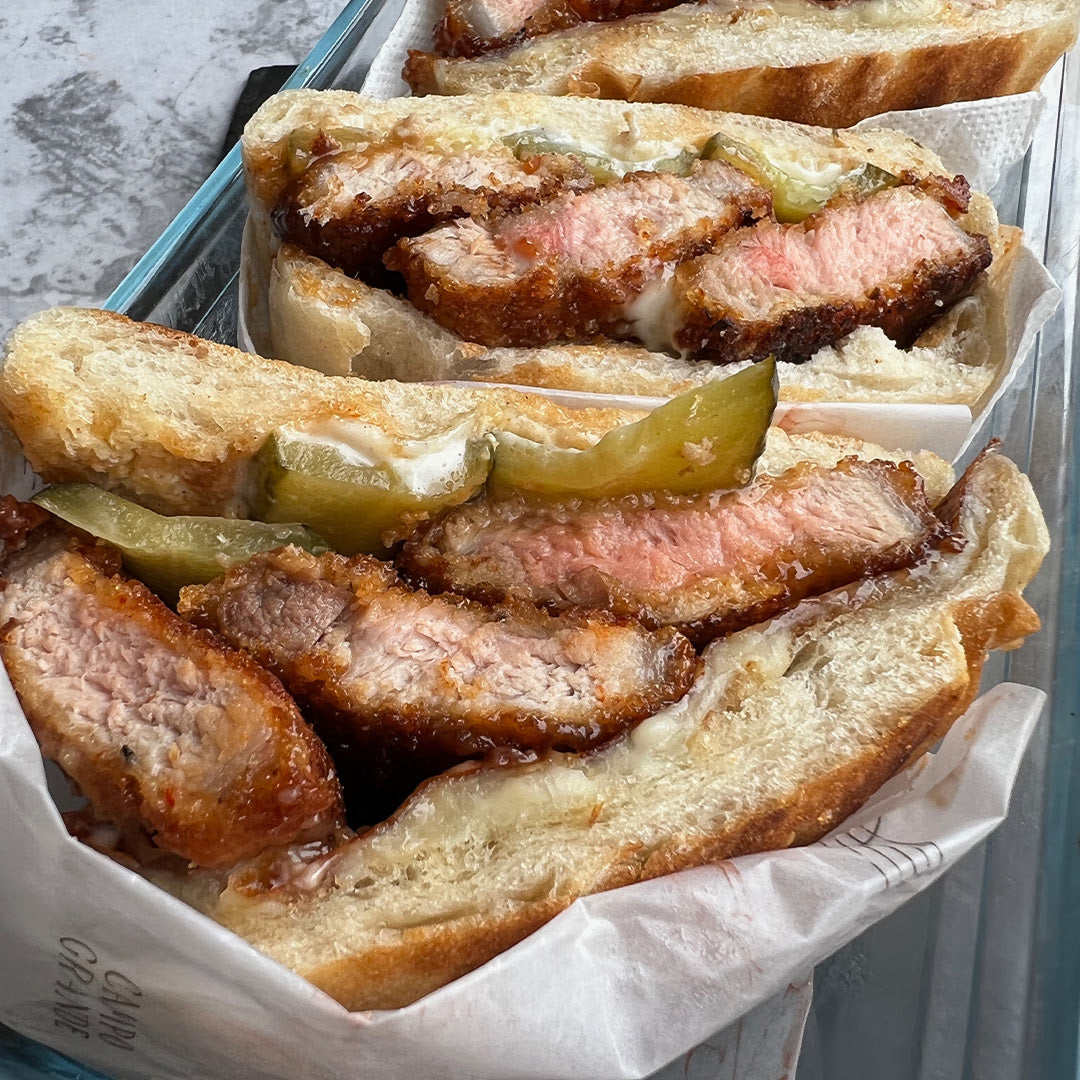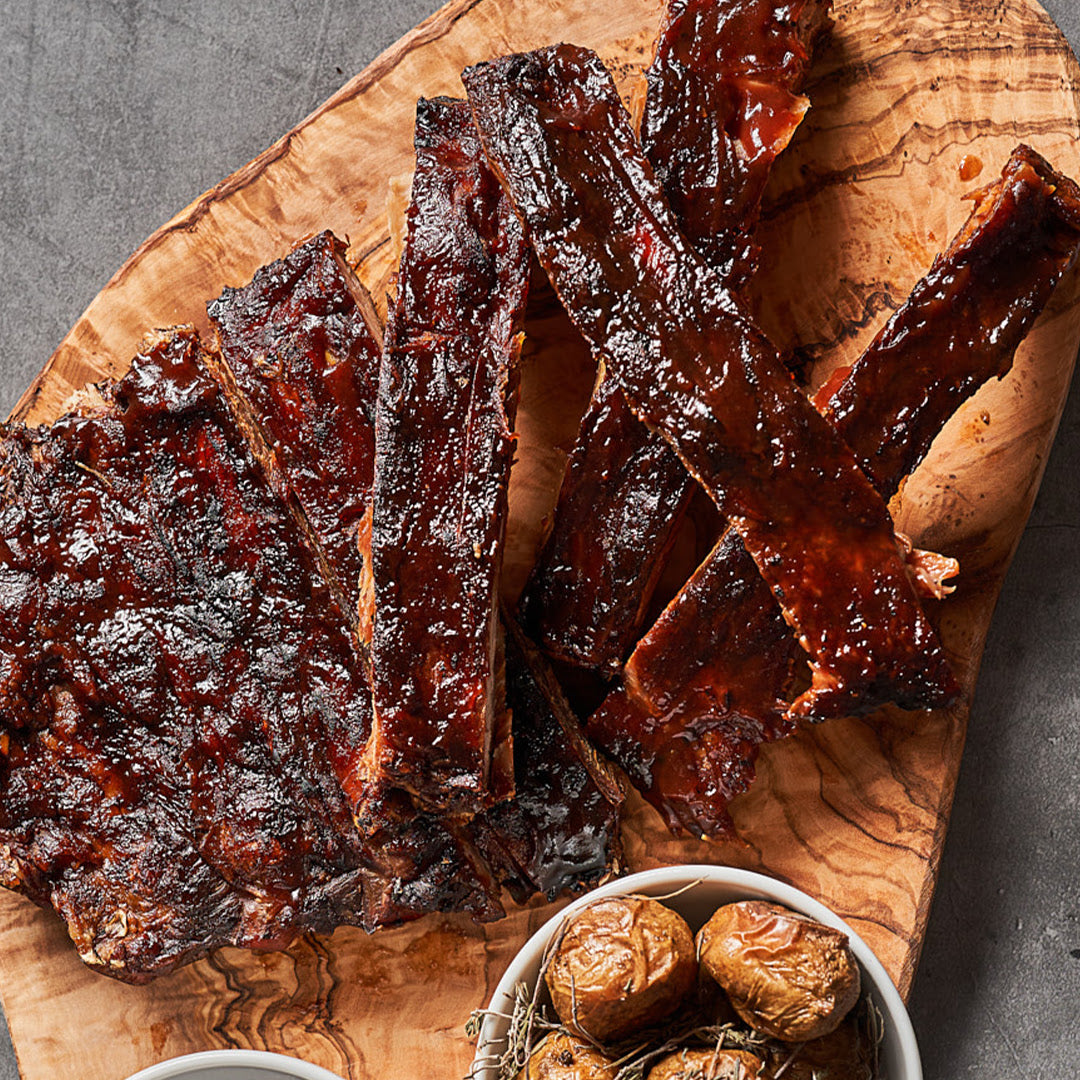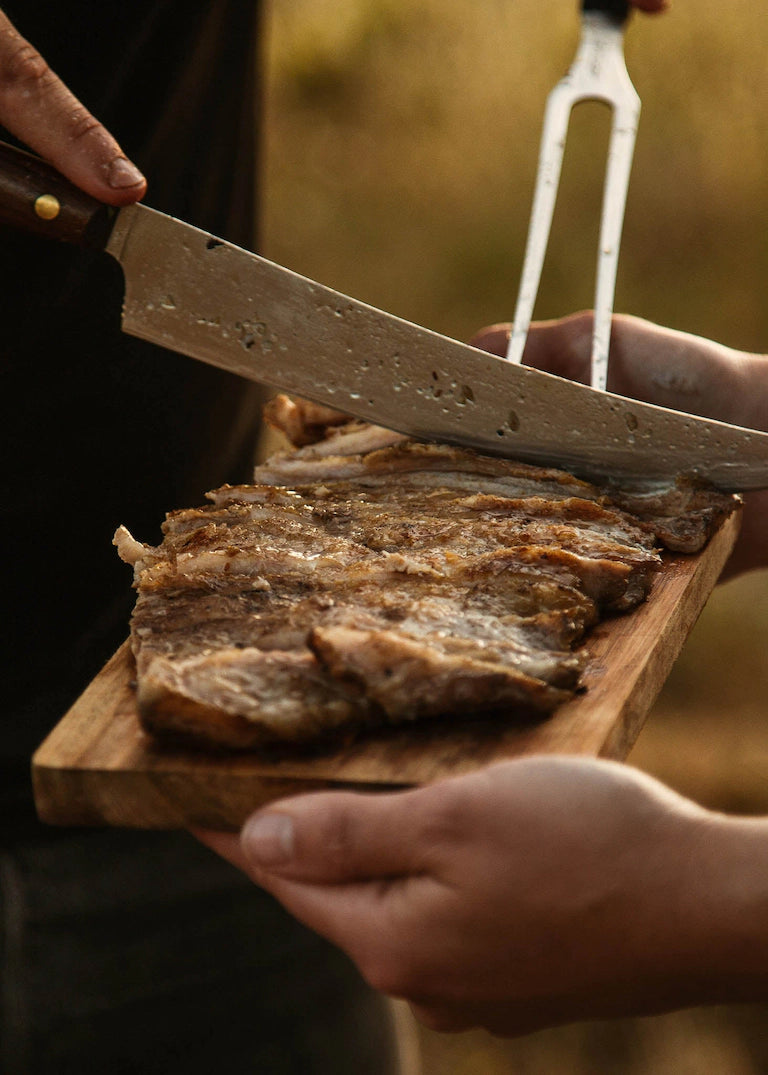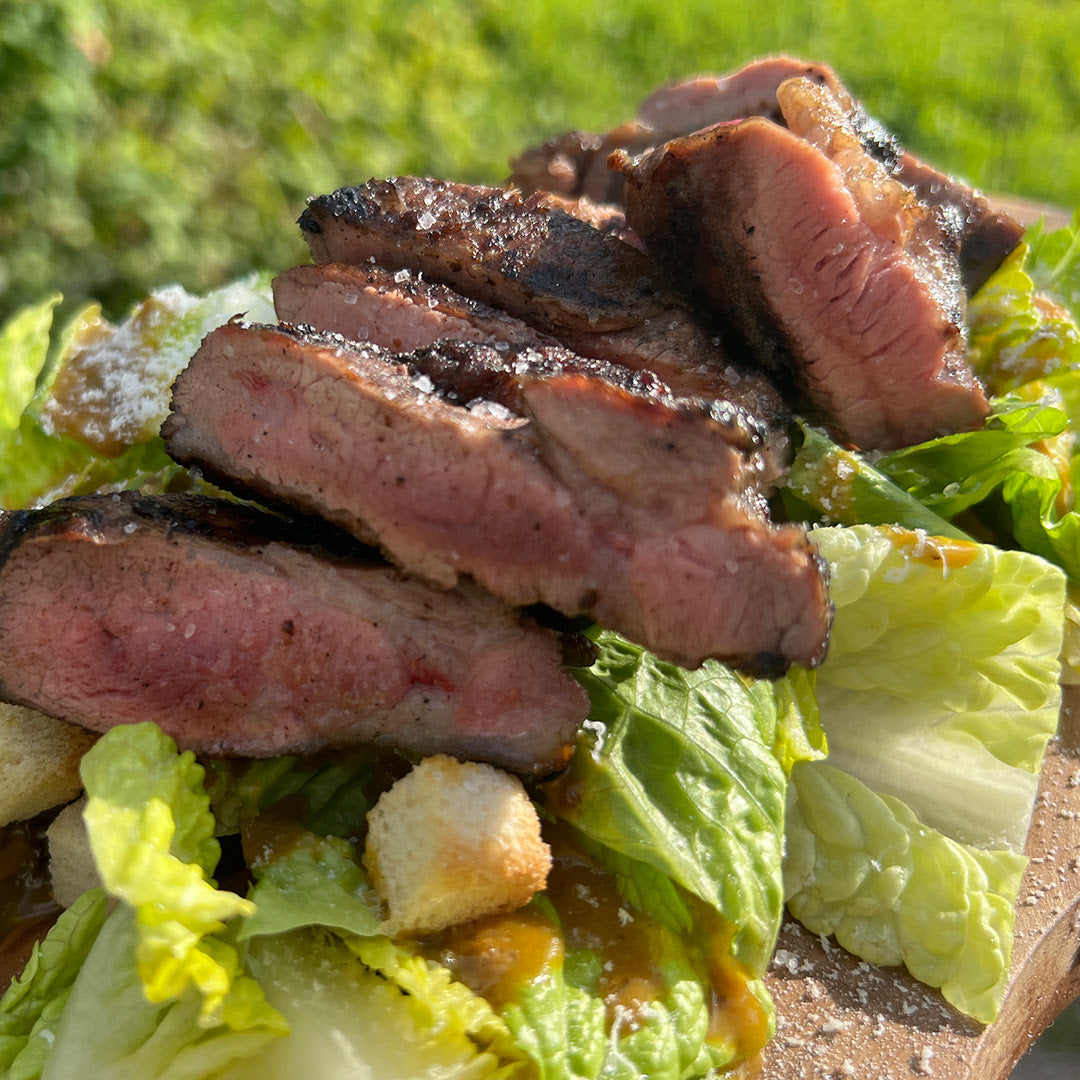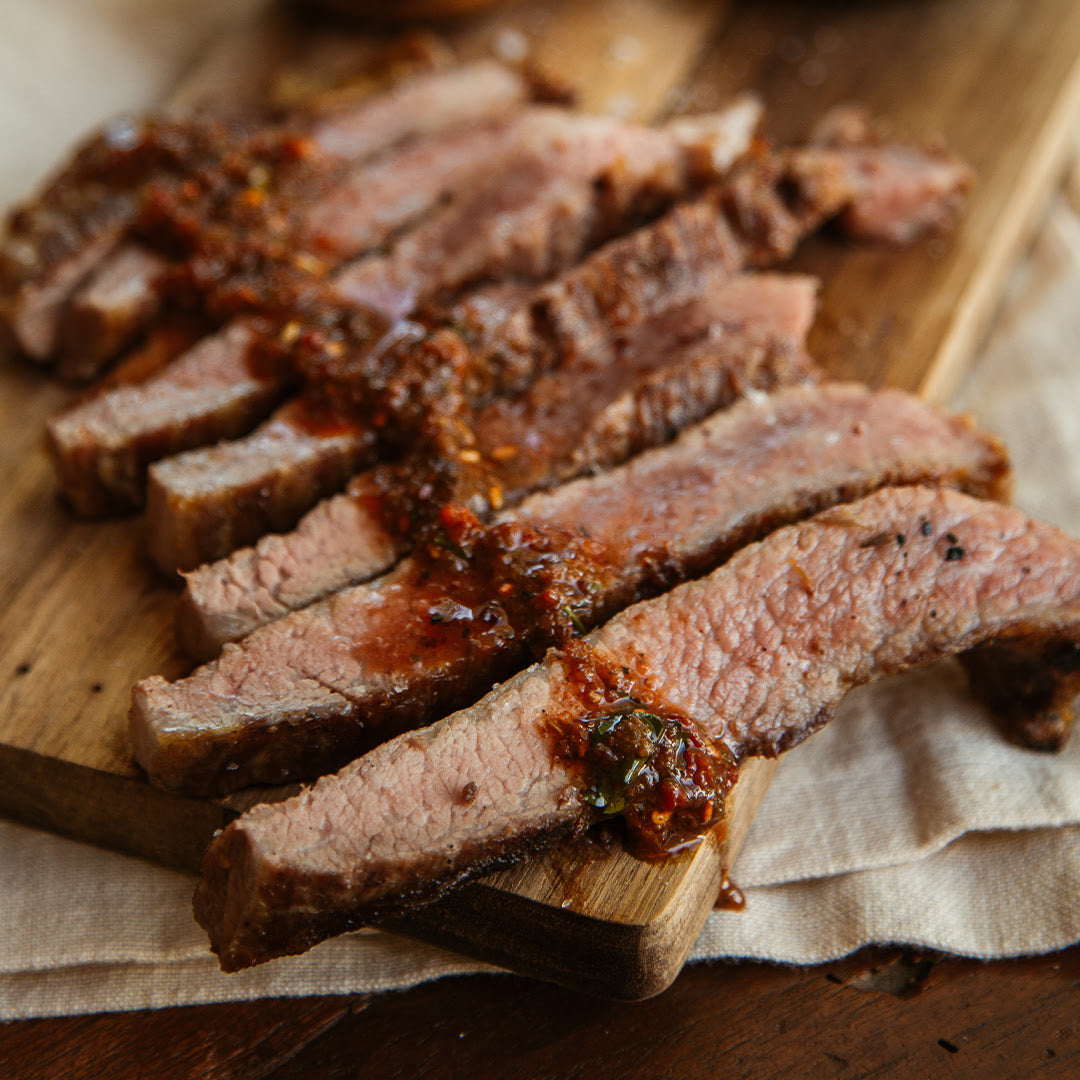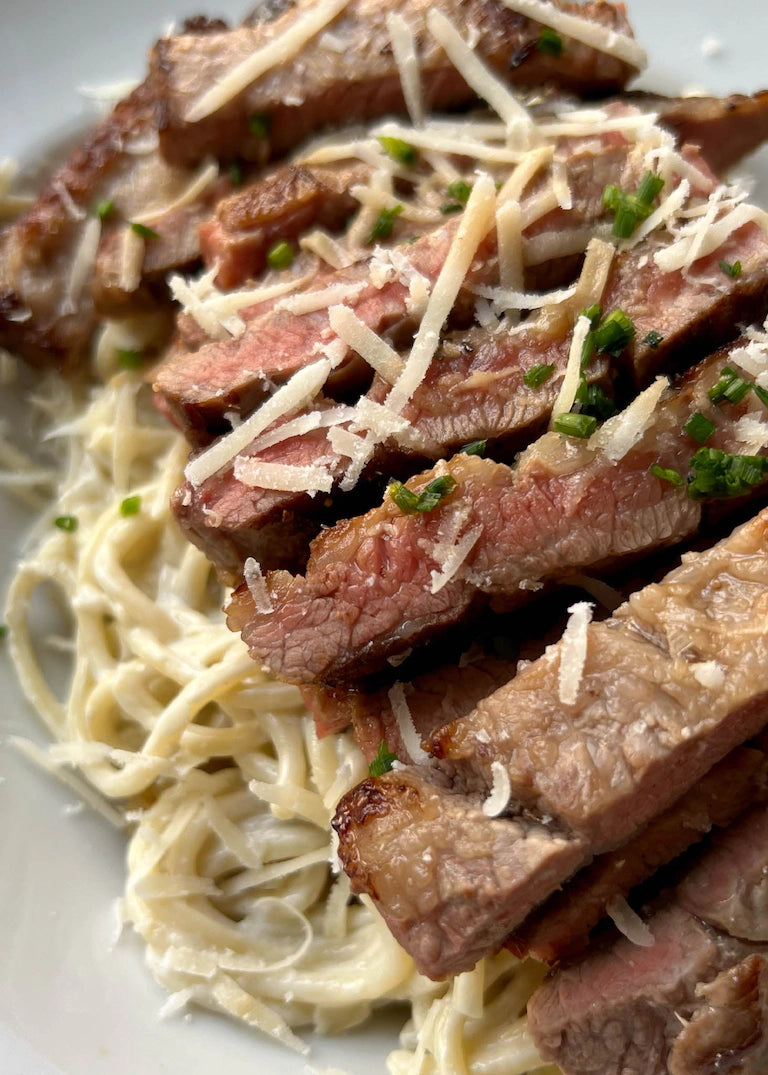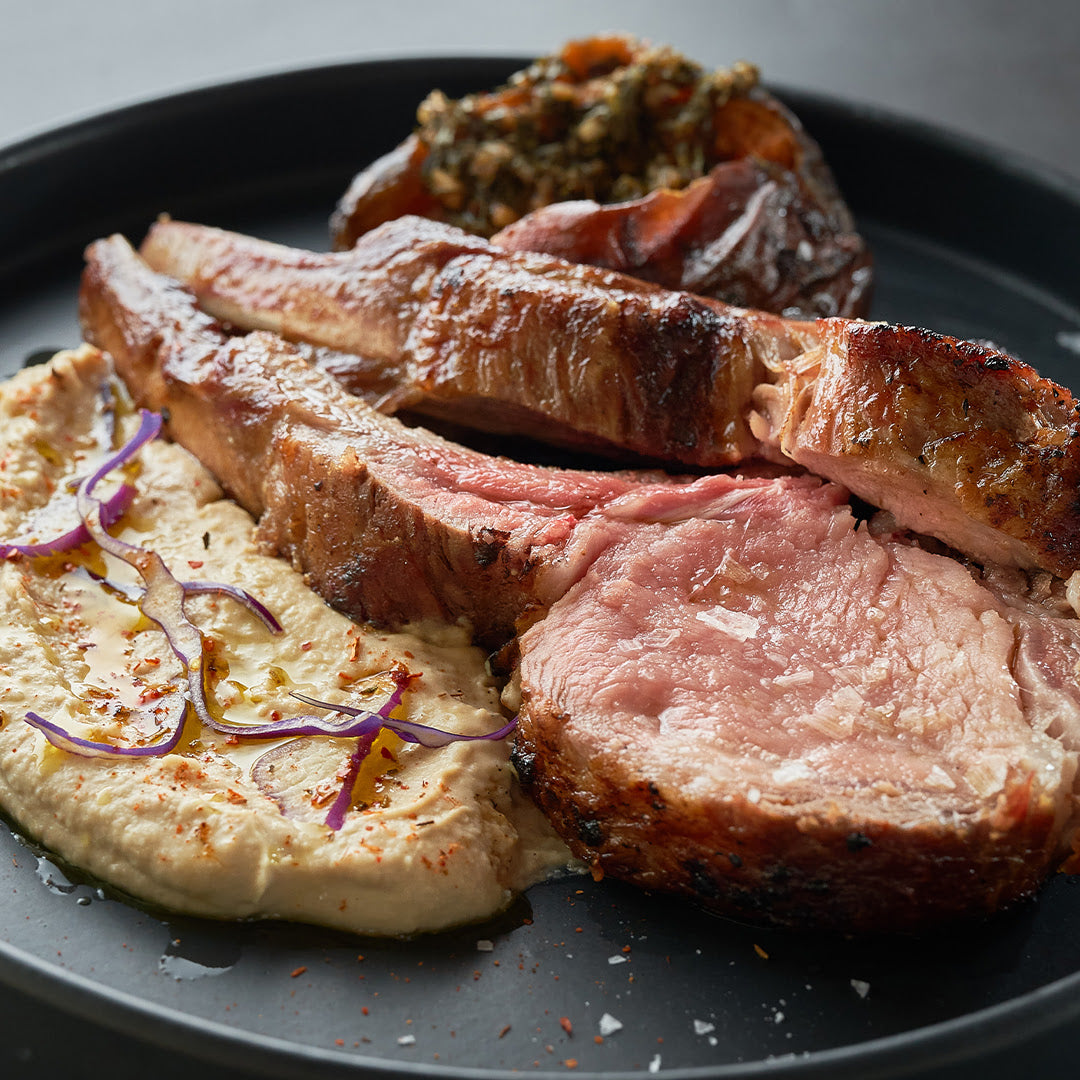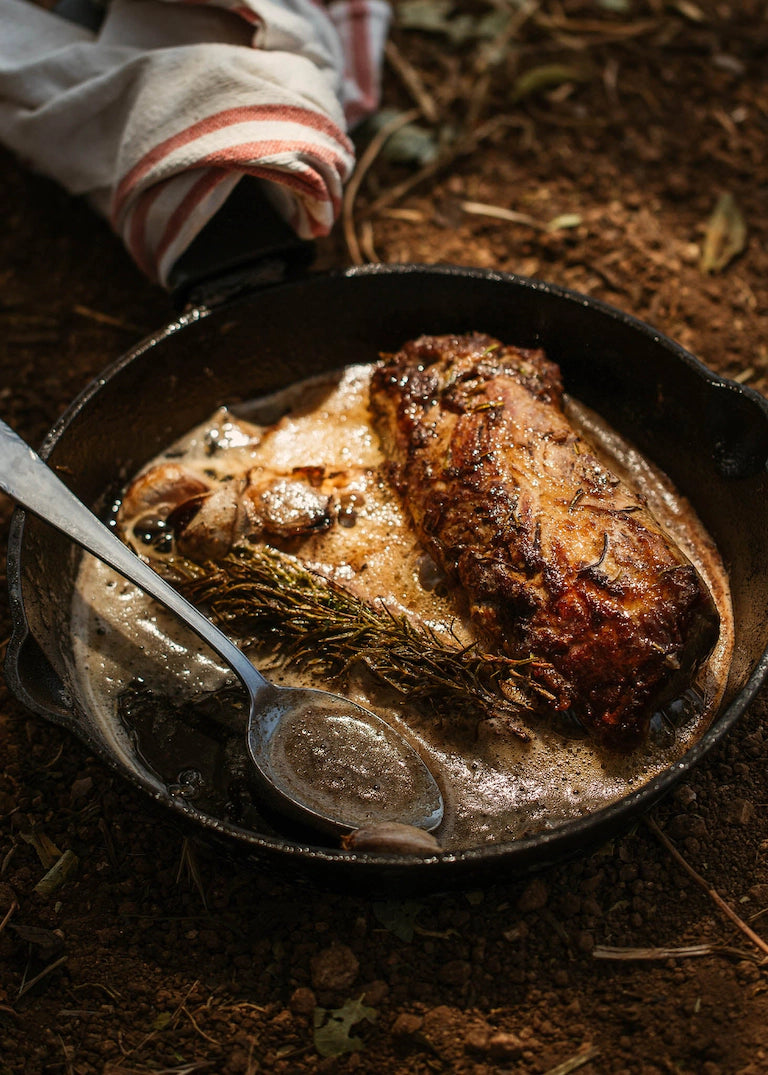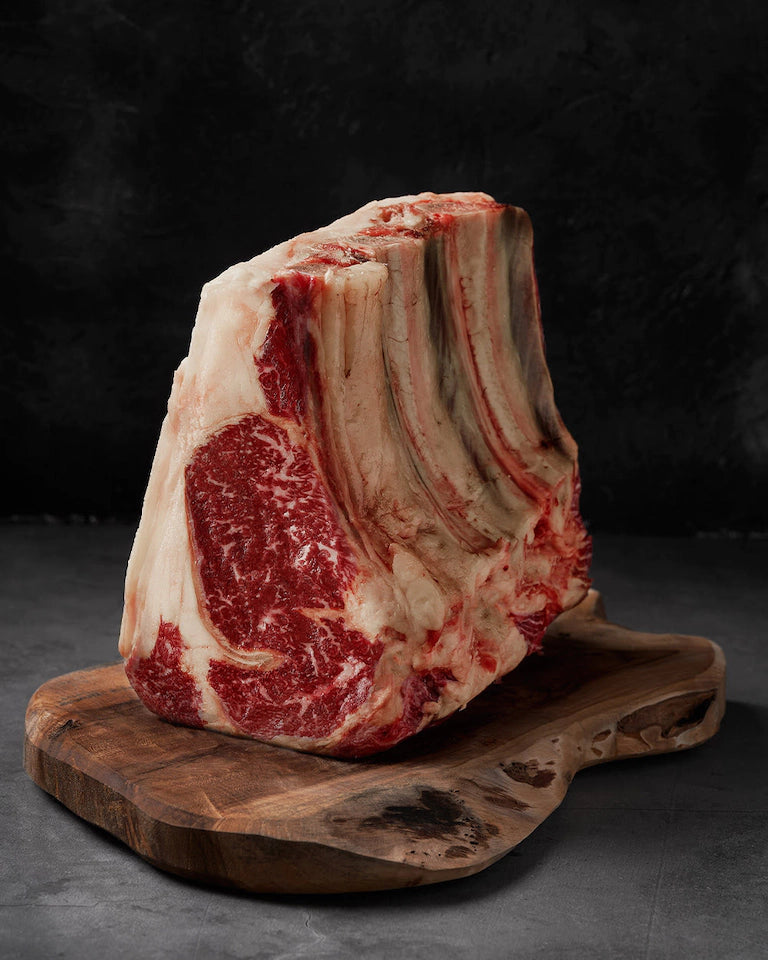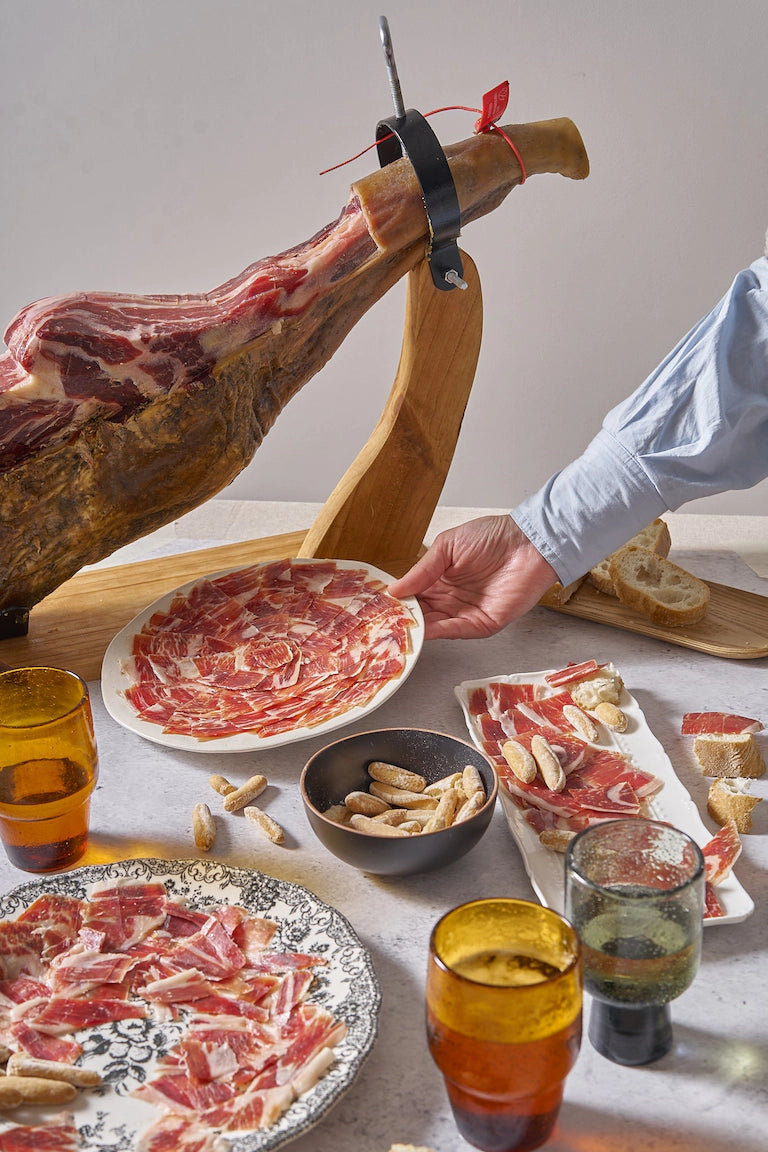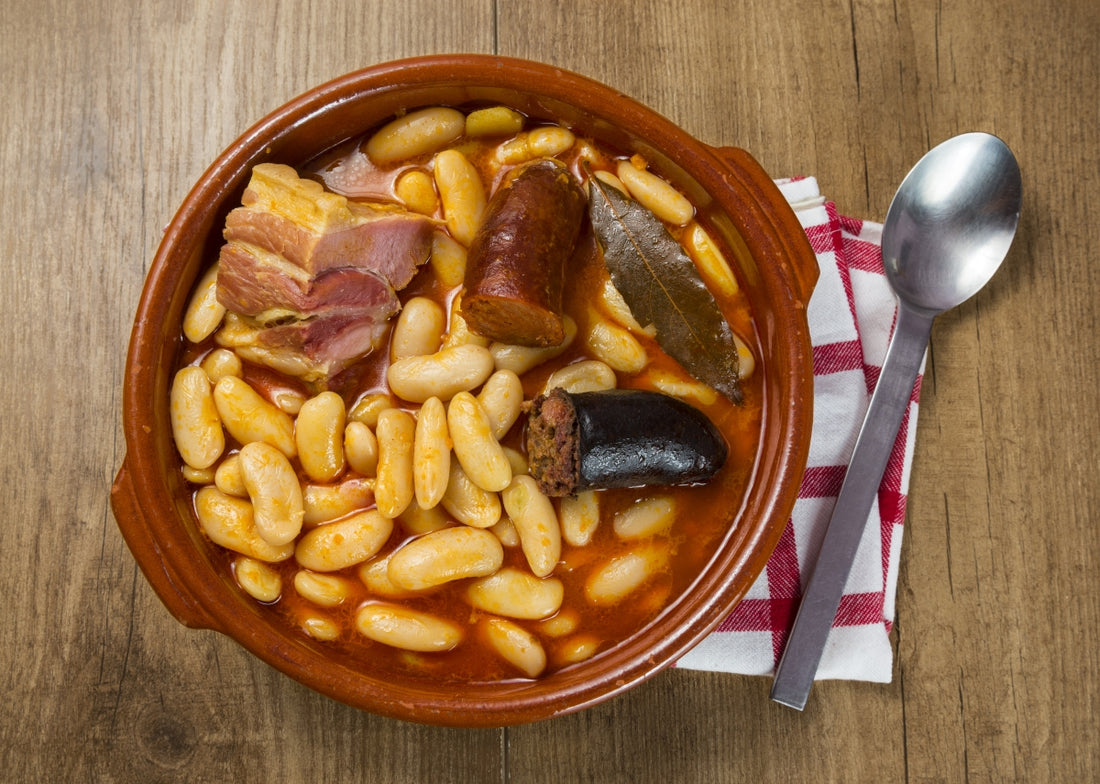
One of the favorite recipes of Spaniards in the winter season is Asturian fabada. This dish is easy to prepare and will delight the most demanding diners: children and adults alike will enjoy a delicious Asturian fabada Just choose quality beans.
How to make Asturian fabada?
This dish is straightforward to make, but it does take some time to prepare. It is essential to desalinate the meat, cook at the right temperature and use drinking water rather than tap water, which can significantly affect the recipe results!
The ingredients you choose must be of high quality, so choose fresh, quality Asturian products. It is not the same as buying black pudding and chorizo from Burgos or Asturias. If you want a typical recipe from the Asturian principality, do not hesitate to buy raw materials from this Spanish region. On the other hand, it is possible to find beans of different brands, but it is also advisable to buy some from Asturias.
Did you know that the recipe for Asturian fabada was first written down in 1930? And it was written by writer Emilia Pardo Bazán. However, the existence of fabada is much older, as it has its origins in the Asturian stew, which, over time, lost its original ingredients and became the fabada we know today.
Asturian fabada recipe
Ingredients
- 500 grams of beans.
- 250 grams of cured bacon.
- Two Asturian chorizo sausages.
- Two Asturian black puddings.
- 200 grams of ham bone.
- Three strands of saffron.
- Water.
- Coarse salt to taste.
Preparation
- Before getting down to work, this legume needs a soaking period, similar to beans. Asturian fabada beans require a prior hydration process, soak them the night before cooking.
- But before putting the beans in water, you must choose the beans; in other words, you should discard those in poor condition. To do this, take the time to check the beans one by one and then place them in water.
- The hydration time should be at least 12 hours.
- Do not add salt to the beans to hydrate them; they should not be seasoned until after they have been boiled!
- When preparing the fabada, drain the water from the beans and rinse with plenty of water. Then drain again and set aside.
- Soak the ham bone and the cured bacon in warm water. These ingredients should also be left in water the night before cooking.
- Add the beans to a sufficiently large pot. It is best if it is low and wide, and if it is made of earthenware, so much the better.
- Cover the beans with plenty of water. Remember that the water should be at least two fingers above the beans.
- Place over high heat until the beans come to a boil.
- When the beans boil, add the bacon, ham bone, chorizo, and black pudding. It is important to prick the black pudding before putting it into the casserole. Otherwise, it will burst. It is also essential that the chorizo and black pudding remain as close to the surface as possible to prevent them from breaking and spoiling the stew.
- During the cooking process, the fabada will release foam and impurities, which you should remove with the help of a skimmer! This process also removes some of the fat.
- After half an hour on the heat, add the saffron threads.
- The saffron threads should first be diluted in a glass with the stock from cooking the fabada. Once cut, add them to the pan and stir.
- After a few minutes, lower the heat and add salt. Be careful, as the ham bone is quite salty, so try to avoid salting. Remember that it is better to have too little salt than too much.
- Leave the fabada to cook at a low temperature for two hours. Cover the casserole, but leave a space for the steam to escape. To stir, use a wooden spoon to prevent the beans from breaking.
- During the two hours, add cold water twice when the broth comes to a boil. This is known as "scaring the beans." It is essential to do this as it makes the cooking much better.
- When the beans are tender, adjust the salt and remove it from the heat.
- Cover the pot and leave it to rest for an hour before serving.
- Cut the sausage into slices or chunks. Also, chop the bacon. Reserve these sausages for plating.
- Place the beans in a deep or earthenware dish and add the sausages.
As we have already mentioned, the ham bone is quite salty; if you are not careful, the recipe can be too salty. What to do in this case? It is essential to taste the fabada while cooking; if you notice that it is too salty, throw a potato into the pot! The potato previously washed and peeled traps the excess salt, and why not? You can use this potato to accompany the fabada recipe; although it is not the most traditional thing to do, it will give it a different touch.
